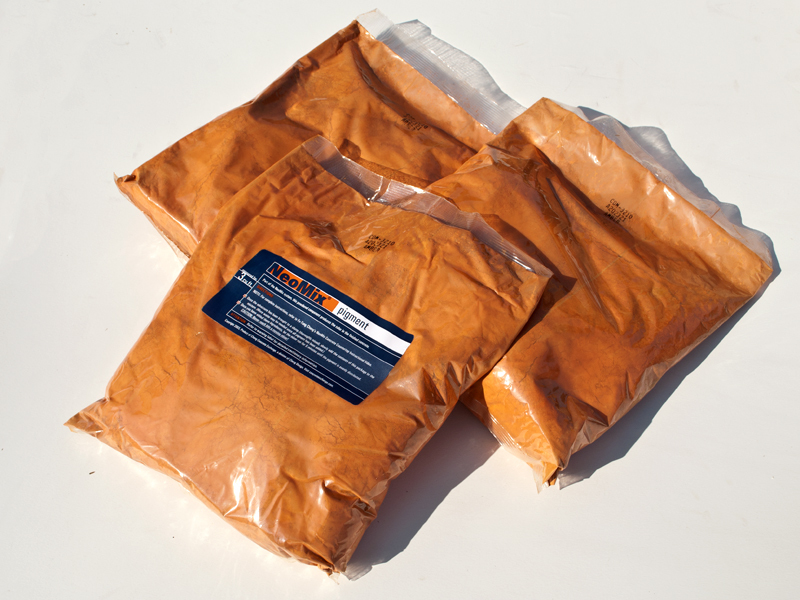Managing Concrete Color
Managing concrete color requires a keen understanding of the variables which impact the final appearance of a concrete casting. From the cement selection all the way through to the choice of sealer, every decision will have an impact on the final appearance of your concrete project. Diligent note taking and record keeping are the keys to successfully reproducing a sought after finish.
What You’ll Need
- CHENG SmartColor
- CHENG Base Pigments
- Interstar All-Purpose Pigments
Step 1 – Cement Selection
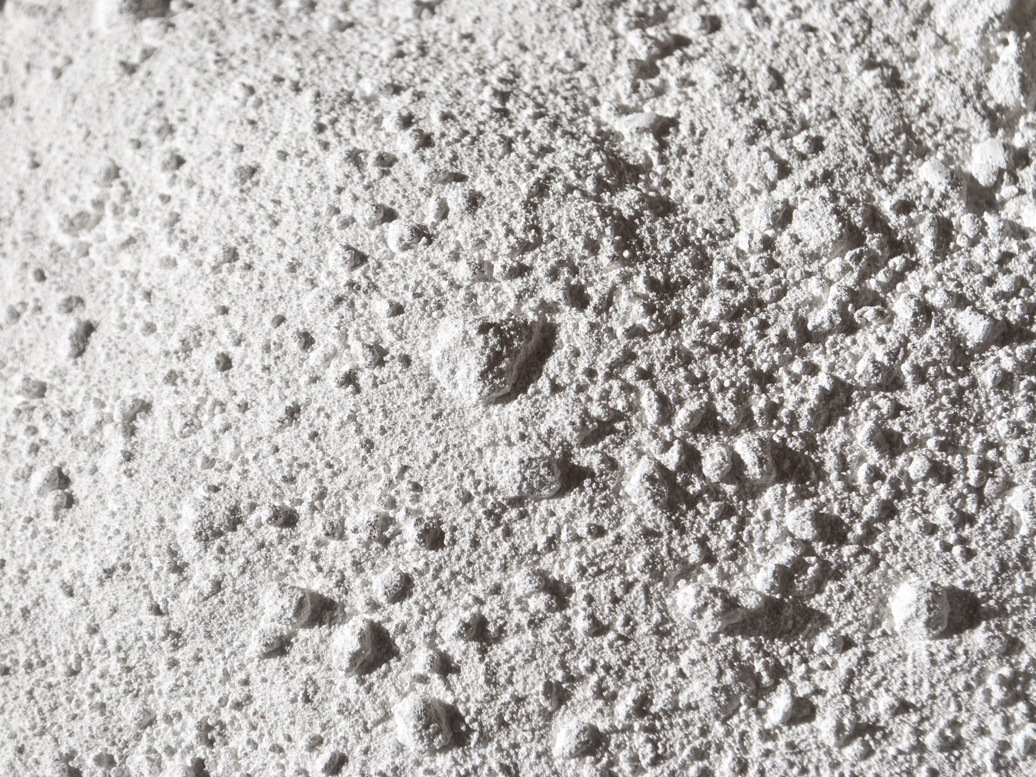
Step 2 – Pigments and Coloring
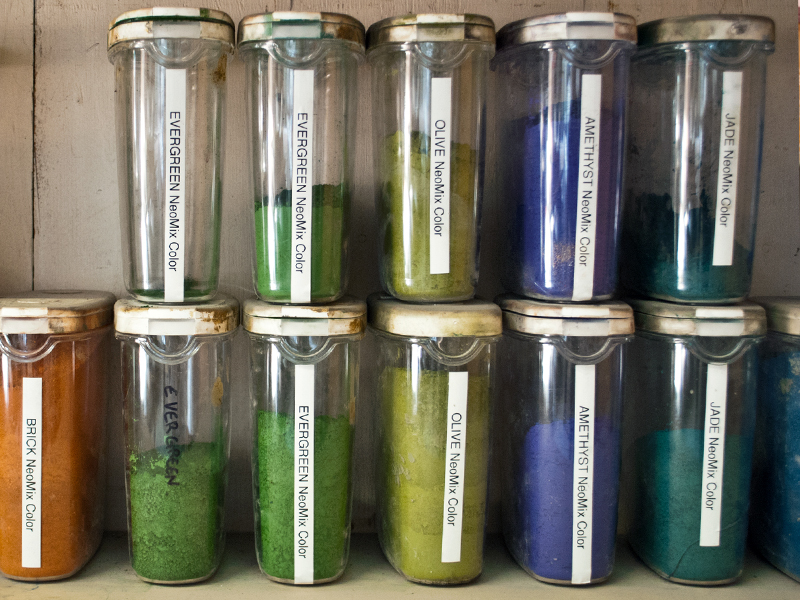
Step 3 – Pigment Terminology
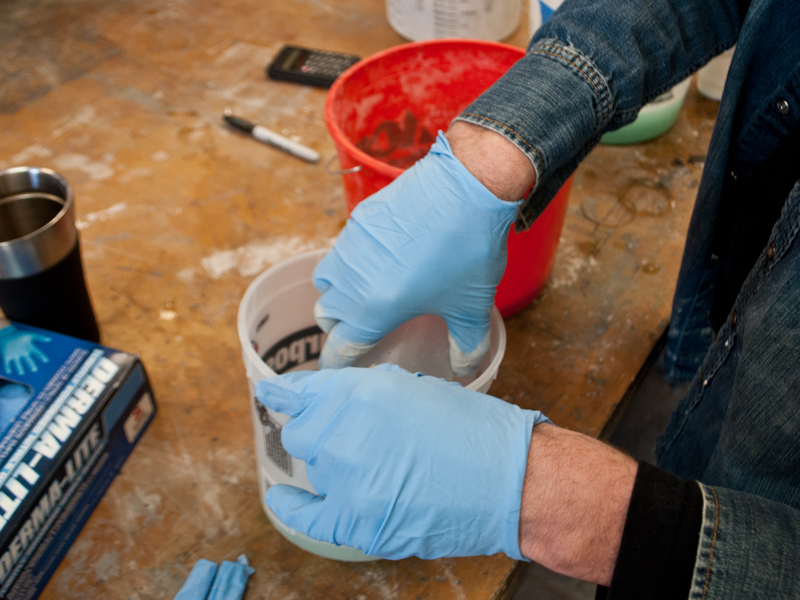
Step 4 – Pigment Loading
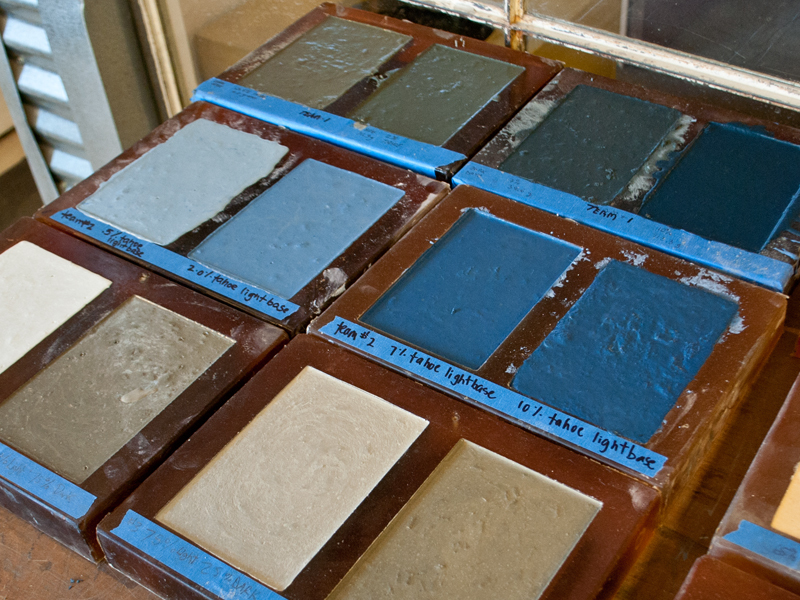
Step 5 – Saturation
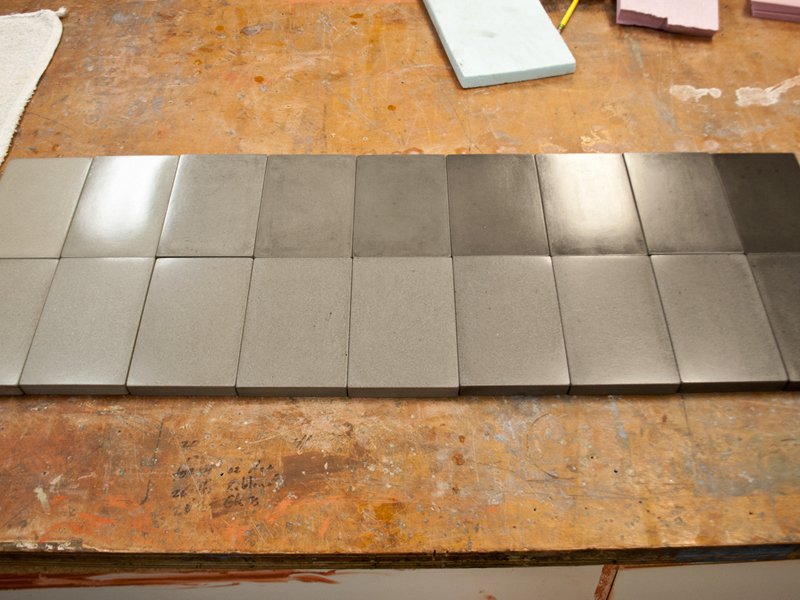
Step 6 – Load Limits

Step 7 – Pigment Formulation
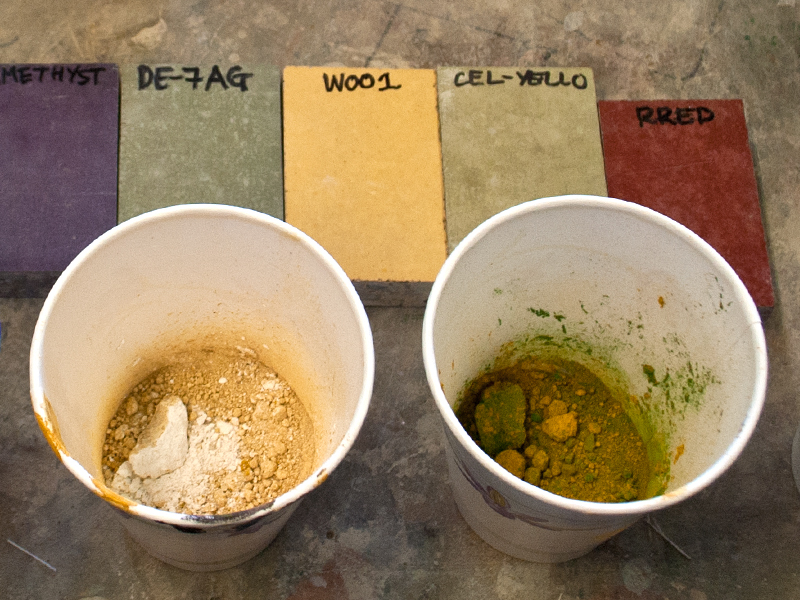
Step 8 – Pigment Resources
